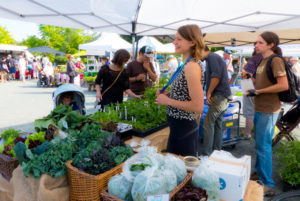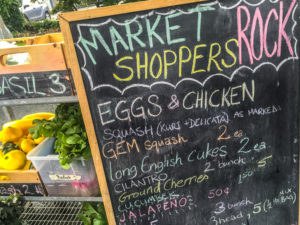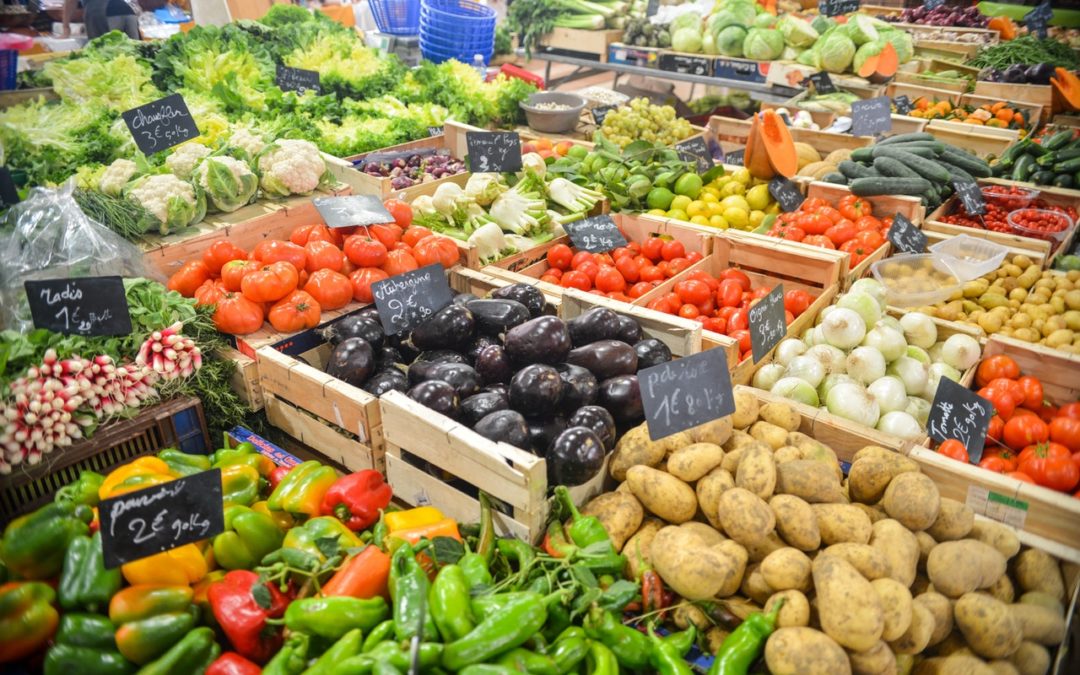The global hunger issue is not a new topic of concern, and there is no shortage of debates, ideas, and criticism about it. However, there has been a shift in the way the hunger crisis has been discussed in the last few years. Namely, the movement around food security, food sovereignty, and food localization.
Food security can be described as the state of having reliable access to an adequate quantity of nutritious and affordable food, while food sovereignty is the right of communities to have authority over their own food systems, to produce food that is healthy, culturally appropriate, and ecologically sustainable.
Despite the progress made in cutting global hunger rates and increasing food production, 795 million people still face chronic hunger and malnutrition worldwide, and the number of hungry people appears to be on the rise despite over a decade of hunger decline.1
With a growing global population, and multiple agriculture threats due to climate change, it is apparent that action needs to be taken to confront these issues. The World Bank, in 2016, claimed that ” The world needs to produce at least 50% more food to feed 9 billion people by 2050. But climate change could cut crop yields by more than 25%. The land, biodiversity, oceans, forests, and other forms of natural capital are being depleted at unprecedented rates. Unless we change how we grow our food and manage our natural capital, food security—especially for the world’s poorest—will be at risk.”2
While this statement is mostly accurate, in that we do face these threats and we do need to change how we grow our food and manage our food systems, the claim that we need to produce drastically more food is a popular statement that is somewhat misguided.
 Recent studies have shown that we already produce enough food to feed the global population. In fact, it is estimated that the world currently produces enough food to feed approximately 10 billion people – that’s 2.4 billion more people than the current 7.6 billion population of earth.3
Recent studies have shown that we already produce enough food to feed the global population. In fact, it is estimated that the world currently produces enough food to feed approximately 10 billion people – that’s 2.4 billion more people than the current 7.6 billion population of earth.3
So, is this really an issue of food production? Much of the edible food that is produced – namely, various grains- is used as livestock feed and biofuel, rather than as food for human consumption.4 Therefore, the issue that the food security movement addresses is undeniably an issue of access, not an issue of production quantity.
The market plays a role in this issue, by keeping the price of food high through artificial scarcity, whereby products that could be abundant are treated as if they are scarce, in order to turn a higher profit. In this system setup, food surpluses that are not sold can be quietly disposed of without detriment to the company, and without any thought to those who cannot afford the product.
Some companies have gone as far as destroying unused food, to ensure that people cannot access edible food through the waste stream. 5,6 This leads to a situation where even in wealthy countries and cities there are still many individuals who face food security because food products are treated as a commodity rather than a necessity and human right.
Many communities and individuals are finding ways to reduce their reliance on the industrialized and corporate-controlled food system, in a movement of food localization. Often referred to as “localvores,” these people seek to take back control of their food choices.
In the Greater Victoria region, this movement has taken hold strongly – perhaps as a result of a comparatively high cost of living. Fourteen percent of people living in the Capital Region report food insecurity, meaning around 50,000 people do not have consistent access to healthy food.7 There are numerous food banks and a few food reclamation organizations in Victoria that divert grocery store food ‘waste’ from landfills to those in need, but they only serve about 20,000 people – meaning almost 30,000 others still struggle with accessing healthy food.
 Local efforts to combat food insecurity and find ways to make food more accessible and more sustainable are evident throughout the region. A number of farmers markets and public markets operate seasonally and year-round, where residents can choose from a variety of locally-grown products. Or for those who prefer to be more involved in the production process, there are also a number of active community gardens, where plots can be rented by those who do not have their own space available to garden.
Local efforts to combat food insecurity and find ways to make food more accessible and more sustainable are evident throughout the region. A number of farmers markets and public markets operate seasonally and year-round, where residents can choose from a variety of locally-grown products. Or for those who prefer to be more involved in the production process, there are also a number of active community gardens, where plots can be rented by those who do not have their own space available to garden.
For students, the Emmanuel Baptist church offers a student dinner on Tuesday evenings, to provide students with a healthy meal during the week, and Fernwood NRG offers a student dinner on Wednesdays and a family dinner on Mondays, both by donation.
Alternative food groups, such as UVic Community Cabbage have formed as a different way to interact with the food system. The Community Cabbage group utilizes a team of volunteer ‘food rescuers’ to collect usable food leftover from stores – either by formal arrangement or dumpster diving – and turn it into delicious meals that are served for free on campus.
Recently, the city has implemented new boulevard gardening policies in an effort to aid the food security aims of citizens. The boulevard gardening rules and techniques are published on the city’s website, and allow for some neighbourhood residents to grow food on boulevard strips adjacent to their properties, thereby increasing available urban gardening space.
Through these combined efforts of citizens, businesses, non-profit organizations, and city government, we can see a noticeable difference in the way our community interacts with the global food system, as well as the growing desire of citizens to take back sovereignty over their food needs.
Click here to visit our Resources page for a list of markets operating in Victoria area, as well as a resource for food security on Vancouver Island.
References
- United Nations. “Food”, http://www.un.org/en/sections/issues-depth/food/index.html
- United Nations. “Food”, http://www.un.org/en/sections/issues-depth/food/index.html
- “We Already Grow Enough Food for 10 billion People… and Still Can’t End Hunger.” Holt-Gimenez, E., Shattuck, A., Altieri, M., Herren, H., & Gliessman, S. Journal of Sustainable Agriculture. (2012). http://www.tandfonline.com/doi/full/10.1080/10440046.2012.695331?scroll=top&needAccess=true
- “Redefining Agricultural Yields: From Tonnes to People Nourished per Hectare.” Cassidy, E., West, P., Gerber, J., Foley, A. IOP Publishing Ltd. (2013). http://iopscience.iop.org/article/10.1088/1748-9326/8/3/034015
- http://www.telegraph.co.uk/foodanddrink/foodanddrinknews/7564402/Iceland-staff-pour-bleach-onto-waste-food-to-stop-homeless-people-eating-it.html
- http://www.takepart.com/article/2015/12/11/no-more-pouring-bleach-unsold-food
- http://victoriafoundation.bc.ca/new-food-rescue-distribution-centre-opens/
